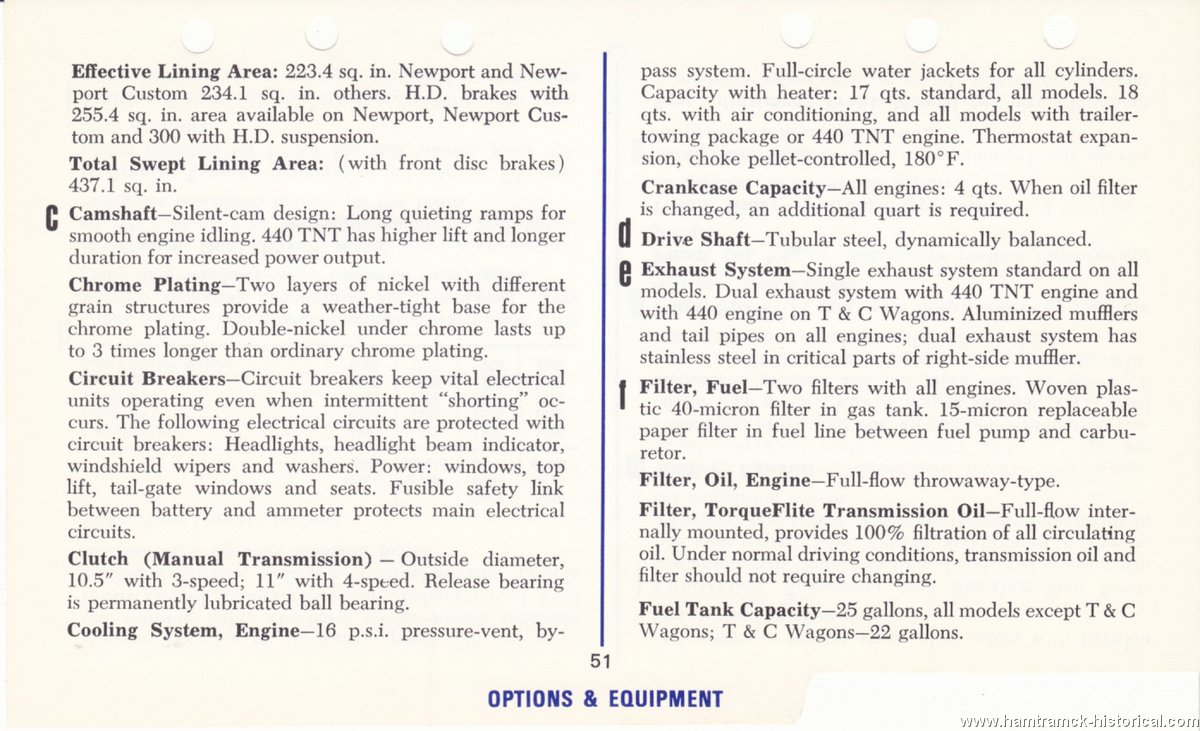I can see from your first photo that your "Glen Ray" radiator (for whatever that name is worth) has poor fin density, worse than a stock Chrysler radiator core. I am surprised that if your car came from the factory without a/c, that you have a 26" radiator, as usually they were 22" even with the 440. Nevertheless, you need a much higher fin density to adequately cool your engine. They are expensive, as a 3 row high efficiency core will cost near $500 when you are done getting your radiator properly modified. But still cheaper than an engine rebuild. Nothing else solves my idle and low speed creep up in temperature with my 440, especially with the a/c on in hot weather. And in my experience, Chrysler back in those days didn't design in any real margin in the cooling systems once the temperatures exceeded 90F. I drove GM products in that timeframe here in California, and they stayed cool over 100F and their air conditioning effectiveness in the cabin was far better than any of my Chrysler products.

















